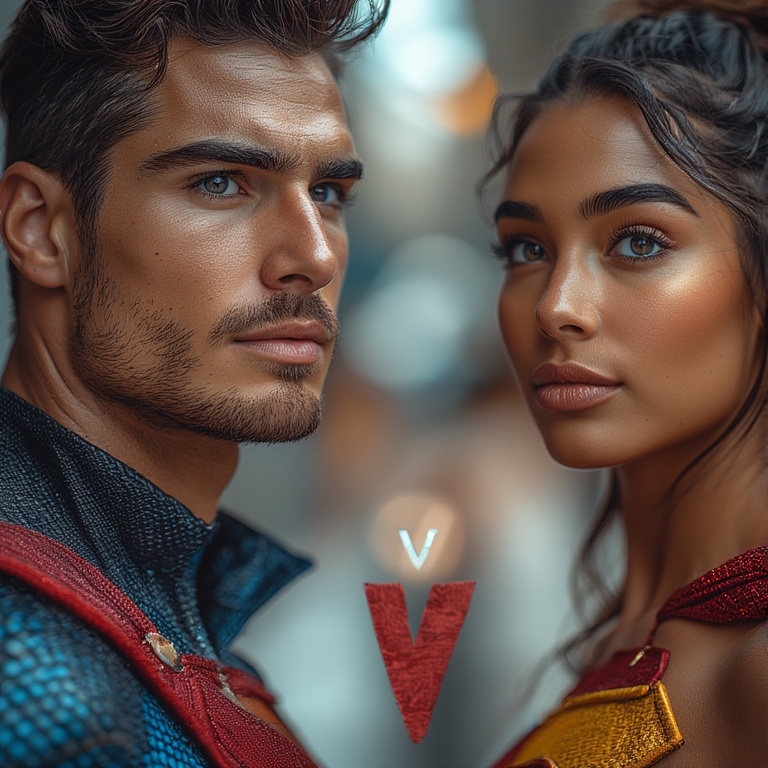
The Superhero Gender Gap — Unpacking the Psychology Behind Unequal Acceptance
Introduction — The Uneven Playing Field of Hero Worship
Superheroes are more than entertainment—they’re cultural symbols, psychological projections, and modern mythological figures. They embody our deepest fears, highest aspirations, and most persistent social ideals. Yet within this powerful genre, female superheroes remain disproportionately underrepresented, underdeveloped, and underappreciated. While their visibility has increased in recent years, their acceptance—both critically and commercially—still trails behind their male and monstrous counterparts.
This disparity isn’t simply about screen time or costume design. It’s rooted in a complex web of psychological conditioning, cultural archetypes, narrative framing, and audience bias. To understand why female superheroes struggle for equal footing, we must examine the historical foundations of heroism, the cognitive biases that shape viewer response, and the evolving—but still uneven—landscape of superhero cinema.
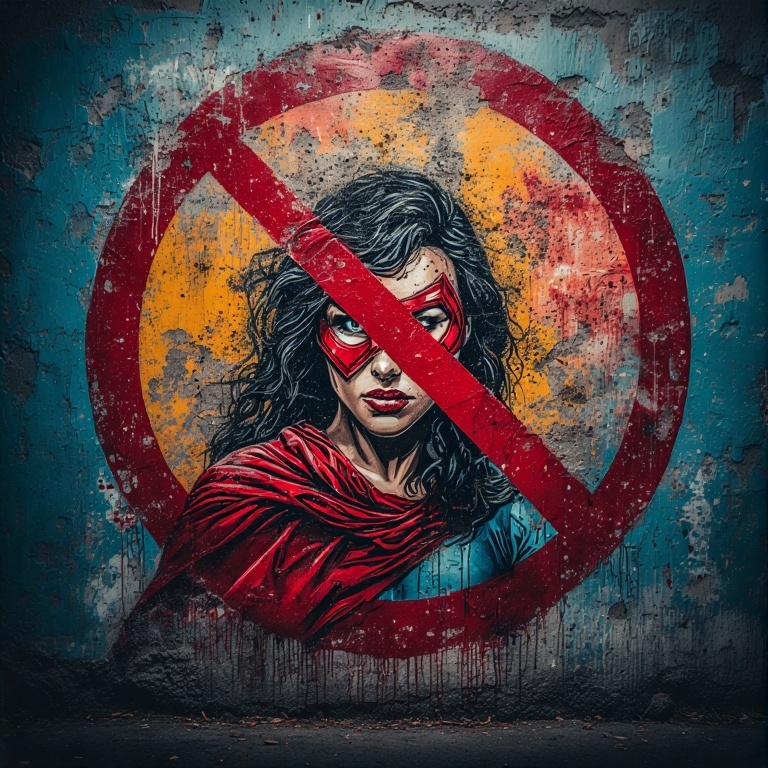
Historical Bias — The Masculine Blueprint of Heroism
The superhero genre was born from mythologies that overwhelmingly centered male protagonists. From Hercules and Odysseus to Superman and Batman, heroism has traditionally been defined by physical strength, stoic resolve, and sacrificial leadership—traits culturally coded as masculine.
- Early comic books reinforced this blueprint, with male heroes embodying idealized masculinity: invulnerable, emotionally restrained, and morally absolute.
- Female characters were introduced as romantic interests, moral foils, or secretaries—rarely as autonomous agents of change.
- Even when female heroes emerged, they were often derivative (e.g., Supergirl, Batgirl) or hypersexualized, reinforcing their secondary status.
This historical bias created a psychological schema: audiences learned to associate heroism with maleness, making deviations from that norm feel unfamiliar or even uncomfortable.

Psychological Resistance — Cognitive Dissonance and Gender Norms
When female superheroes defy traditional gender roles, audiences often experience cognitive dissonance—a psychological discomfort caused by conflicting expectations.
- Expectation Violation Theory explains how characters who contradict social norms (e.g., a woman displaying dominance or aggression) can trigger negative reactions.
- Role Congruity Bias shows that people evaluate leaders more favorably when their traits align with gender expectations. Assertive men are seen as competent; assertive women are often perceived as abrasive.
- Female superheroes are caught in a double bind: they must be powerful enough to be heroic, but not so powerful that they violate femininity.
This paradox limits narrative freedom and emotional authenticity. Audiences struggle to connect with female heroes who don’t conform to idealized gender scripts, resulting in reduced empathy and engagement.
Visual and Narrative Framing — How Media Shapes Perception
The way female superheroes are visually and narratively framed profoundly influences how they’re perceived.
- The Male Gaze, a concept from feminist film theory, describes how visual media often frames women from a heterosexual male perspective—emphasizing beauty, passivity, and availability.
- Female heroes are frequently shot to highlight their bodies rather than their actions, undermining their perceived agency.
- Narratively, female characters often lack high-stakes arcs. Their conflicts are personal rather than existential, and their victories are symbolic rather than transformative.
- In ensemble casts, female heroes are often outnumbered, underwritten, or used as emotional ballast for male protagonists.
This framing reinforces the idea that female heroes are ornamental rather than essential, reducing their narrative credibility and emotional resonance.
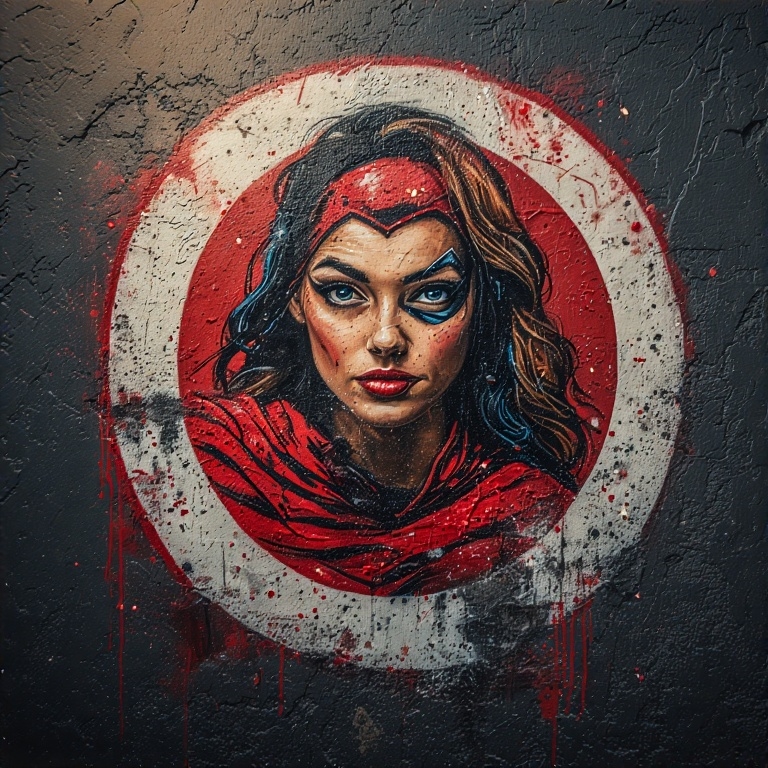
Audience Identification — Empathy, Projection, and Gendered Fantasy
Superheroes serve as aspirational figures—avatars through which audiences project their desires, fears, and fantasies.
- Male viewers often identify with male or monstrous heroes whose struggles mirror culturally sanctioned male anxieties: rage, alienation, powerlessness.
- Female-led stories may feel “othered” because they don’t reflect the dominant cultural narrative.
- Research in media psychology shows that people empathize more with characters whose experiences resemble their own. Since most superhero stories center male perspectives, female heroes are often perceived as niche or inaccessible.
- Fandom spaces, historically male-dominated, act as cultural gatekeepers—elevating certain characters while marginalizing others.
This empathy gap contributes to the uneven reception of female superheroes, regardless of their narrative quality or thematic depth.
Archetypal Rigidity — The Limits of the Hero Mold
The classic hero’s journey, popularized by Joseph Campbell, is deeply gendered in its structure and symbolism.
- It centers on a lone male protagonist who undergoes trials, confronts death, and returns transformed—a narrative arc rooted in masculine rites of passage.
- Female heroes are rarely allowed to follow this arc without modification. They’re often burdened with emotional caretaking, romantic subplots, or moral purity.
- When female characters attempt antiheroism, vengeance, or moral ambiguity, they face disproportionate backlash.
- Archetypes like “the warrior,” “the savior,” or “the monster” are coded through masculine lenses, making it harder for female characters to inhabit them authentically.
This rigidity limits the kinds of stories female heroes can tell—and the kinds of emotions they’re allowed to express.
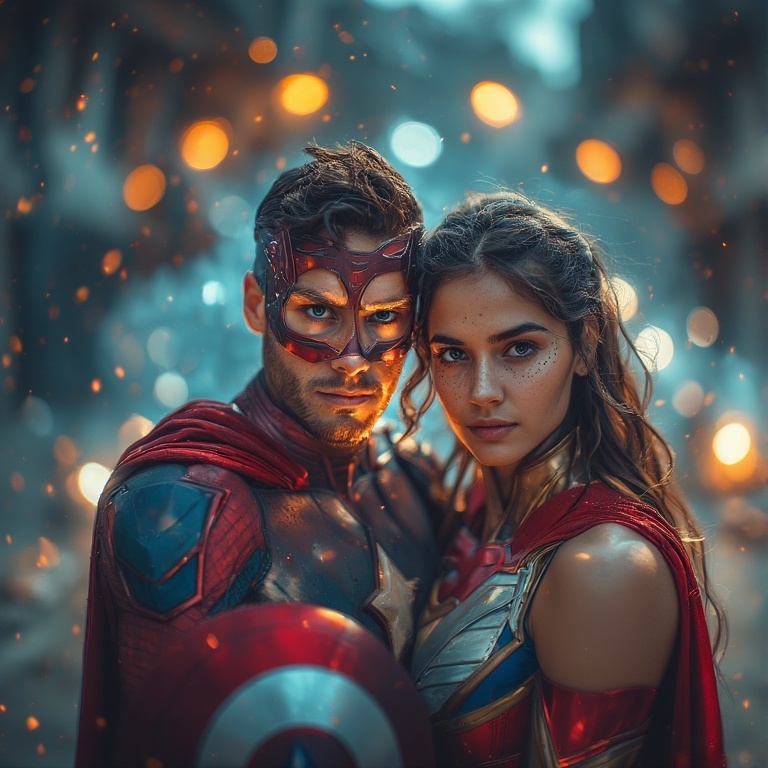
Emotional Range and Narrative Permission
Male superheroes are granted emotional complexity. They can grieve, rage, fail, and redeem themselves. Female superheroes, by contrast, are often emotionally flattened.
- They’re expected to be nurturing, graceful, and emotionally composed—even in the face of trauma.
- When they express anger or vengeance, it’s often framed as hysteria or instability.
- Emotional depth is essential for audience connection. Without it, female heroes feel distant or idealized rather than relatable.
- The lack of narrative permission to be flawed, impulsive, or morally conflicted undermines their humanity—and their heroism.
True heroism requires vulnerability. Without emotional range, female superheroes remain symbolic rather than substantive.
Genre Expectations and Gender Coding
Genres carry implicit gender codes that shape audience expectations.
- Action, sci-fi, and fantasy are traditionally male-coded, associated with violence, technology, and conquest.
- Female-led stories in these genres are often softened with romantic or domestic subplots, diluting their thematic intensity.
- Marketing reinforces these codes, targeting male audiences with aggressive imagery and sidelining female characters in promotional material.
- When female heroes fully inhabit genre conventions—violence, autonomy, moral ambiguity—they’re often deemed “unlikable” or “too dark.”
Genre bias affects not only how stories are told, but how they’re received. It creates a feedback loop that marginalizes female-led narratives before they even reach audiences.
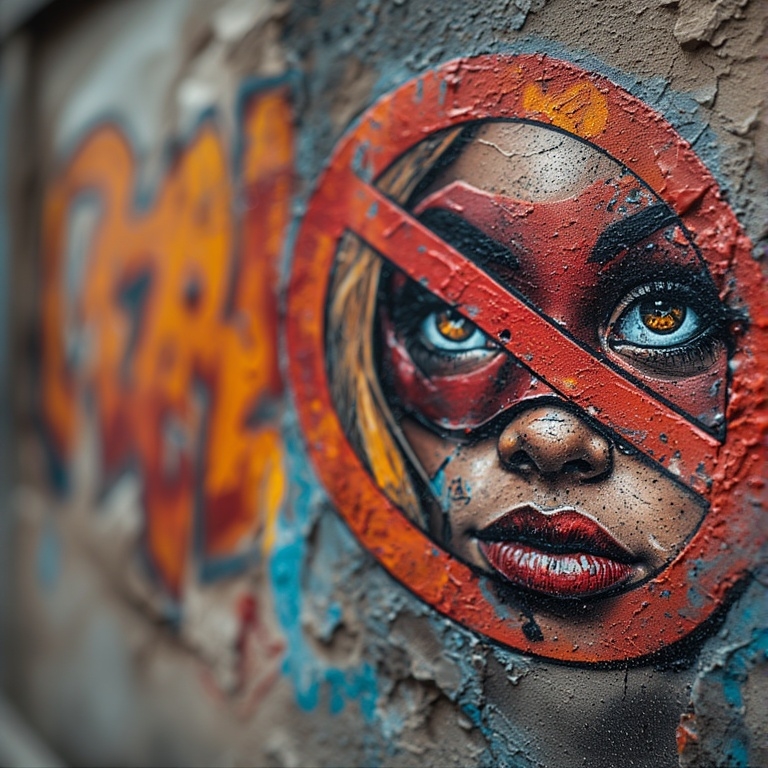
Commercial Framing and Merchandising Bias
The commercial ecosystem surrounding superheroes—merchandising, licensing, branding—plays a critical role in shaping cultural acceptance.
- Male and monstrous heroes dominate toy lines, apparel, and promotional campaigns.
- Female heroes are often visualized, infantilized, or excluded entirely.
- Studios may hesitate to invest in female-led franchises due to perceived market risk, creating a self-fulfilling prophecy.
- Commercial framing reinforces the idea that female heroes are less “bankable,” influencing creative decisions and audience expectations.
This bias isn’t just economic—it’s psychological. It tells audiences which characters matter, and which ones don’t.
The Monster Exception — Why Non-Human Heroes Get a Pass
Monstrous heroes like Hulk, Venom, or Hellboy are often more accepted than female heroes because they bypass gender norms through abstraction.
- Their power is metaphorical—representing rage, trauma, or alienation—making them emotionally resonant.
- They’re allowed to be grotesque, unstable, and morally ambiguous without losing audience sympathy.
- Female heroes, by contrast, are held to human standards of beauty, behavior, and morality.
- The monster archetype offers narrative freedom that female characters rarely enjoy.
This paradox reveals how deeply gender expectations shape our emotional engagement with fictional characters.
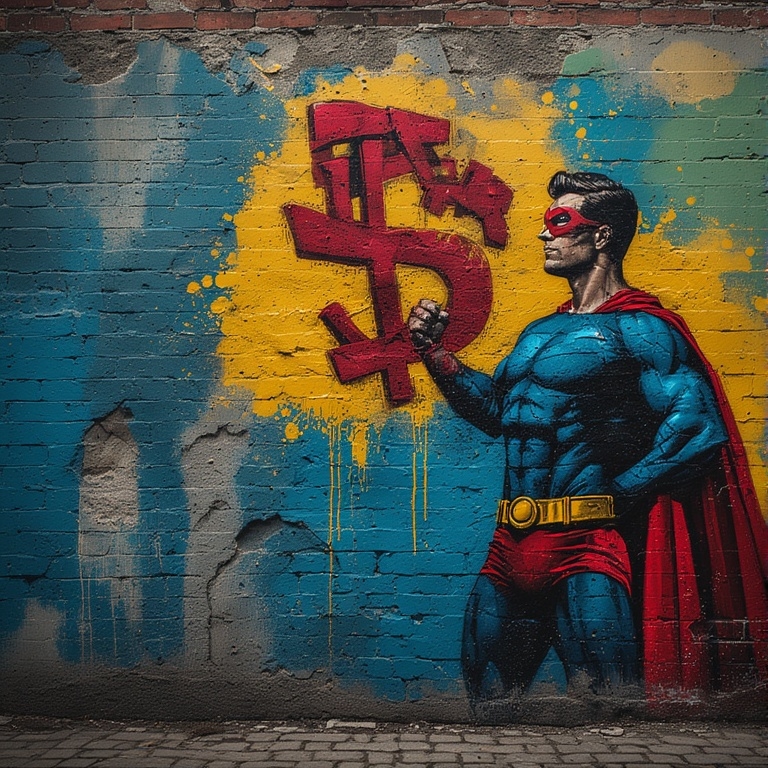
The Burden of Representation
Female superheroes are often tasked with representing all women, placing them under intense scrutiny.
- They must be empowering, relatable, aspirational, and flawless—all at once.
- This burden leads to sanitized portrayals that lack nuance or authenticity.
- Male heroes are allowed individuality; female heroes are expected to be universal symbols.
- The pressure to “get it right” stifles creative risk and emotional depth.
Representation matters—but it must be accompanied by narrative freedom, not perfectionism.
Intersectionality and the Double Barrier
Women of color, queer women, and disabled female heroes face compounded resistance due to intersecting biases.
- Their stories challenge multiple norms simultaneously, increasing audience discomfort.
- Intersectional characters are often underwritten, tokenized, or sidelined.
- When they do lead narratives, they face disproportionate scrutiny and backlash.
- True inclusivity requires not just visibility, but complexity, agency, and emotional truth.
Intersectionality isn’t a trend—it’s a lens through which we must reimagine heroism itself.
Cinematic Evolution — From The Batwoman (1968) to Blockbuster Feminism
The cinematic portrayal of female superheroes has evolved—but not linearly, and not without resistance.
The Batwoman (1968): Camp, Costume, and Containment René Cardona’s La Mujer Murciélago introduced a female crime-fighter in a bikini and cape. While novel for its time, the character was framed more as a spectacle than a serious protagonist.
- Her agency was limited to stylized combat and visual appeal.
- The narrative revolved around male villains and male scientists, with Batwoman as a reactive force.
Wonder Woman (2017): Mythic Power and Emotional Resonance Patty Jenkins’ Wonder Woman marked a turning point. Diana was portrayed as powerful, empathetic, and emotionally complex—capable of both mythic heroism and human vulnerability.
- The film embraced the hero’s journey while reimagining it through a female lens.
- Diana’s compassion was framed as strength, not weakness—a radical shift in genre coding.
- Yet even Wonder Woman faced backlash for its romantic subplot and perceived idealization.
- The sequel (Wonder Woman 1984) received mixed reviews, revealing the narrow margin of error female-led franchises are allowed.
Captain Marvel (2019): Power Without Permission Brie Larson’s Carol Danvers challenged the emotional constraints placed on female heroes. She was unapologetically powerful, emotionally reserved, and narratively central.
- Critics accused her of being “too stoic,” “unlikable,” or “arrogant”—traits celebrated in male heroes.
- The film’s success proved commercial viability, but the polarized reception exposed lingering gender bias.
- Carol’s arc was about reclaiming agency from patriarchal control—a theme that resonated with some and alienated others.
Birds of Prey (2020): Chaos, Color, and Female Antiheroism Cathy Yan’s Birds of Prey offered a rare ensemble of flawed, violent, and emotionally layered women.
- Harley Quinn’s chaotic energy defied traditional femininity, while Huntress and Black Canary brought depth and grit.
- The film’s stylized violence and irreverent tone challenged genre norms—but its box office performance was unfairly compared to male-led blockbusters.
- Critics praised its originality, yet some audiences struggled with its tonal departure from conventional superhero fare.
These films represent progress—but also reveal the fragility of female-led franchises. They’re allowed to succeed, but not to fail. They’re celebrated when they conform, and punished when they deviate.
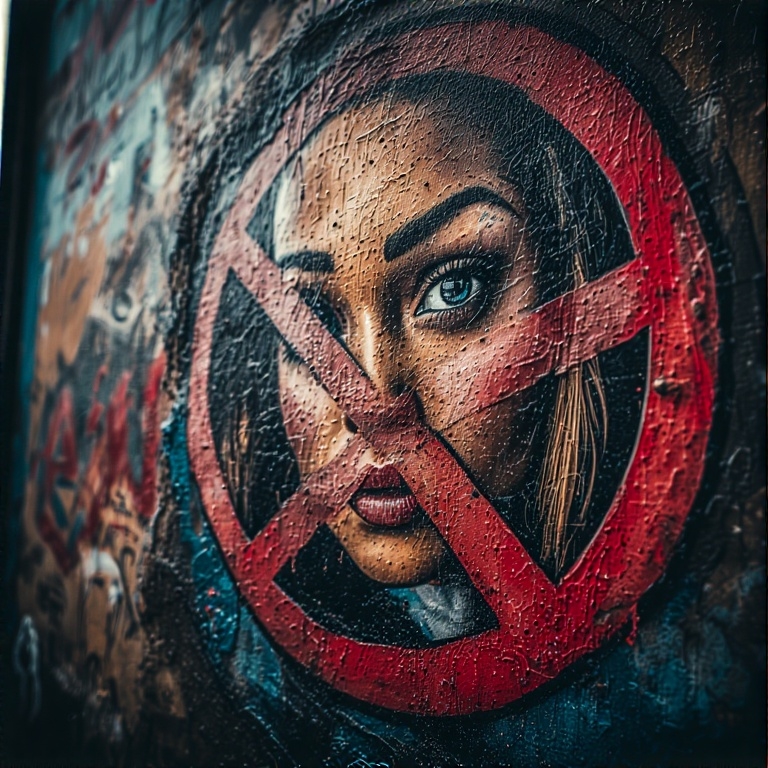
Toward a New Heroism — Rewriting the Archetype
To truly embrace female superheroes, we must rewrite the archetype—not just retrofit it.
- Heroism must be decoupled from masculinity and reimagined as a spectrum of emotional, moral, and narrative possibilities.
- Female heroes must be allowed to be flawed, angry, selfish, and complex—without being disqualified from hero status.
- Audiences must confront their own biases and expand their empathy beyond familiar tropes.
- Studios must invest in diverse stories not as exceptions, but as essential evolutions of the genre.
This isn’t about replacing male heroes—it’s about expanding the definition of heroism to include all identities, all emotions, and all journeys.
Conclusion — The Hero We Deserve
The superhero genre is a mirror. It reflects who we are, what we value, and who we believe deserves power. If female superheroes still feel “less accepted,” it’s not because they’re less compelling—it’s because the mirror is cracked.
Fixing it requires more than representation. It demands narrative freedom, emotional truth, and cultural introspection. It means letting women be monsters, saviors, warriors, and fools. It means letting them fail, rage, love, and rise.
Only then will we have heroes who reflect the full spectrum of humanity—not just half of it.
Join the Discussion
What unconscious biases shape our view of heroism? Are we ready to embrace female superheroes who challenge the mold?
#SuperheroCinema #GenderBias #FemaleHeroes #MediaPsychology #NarrativeFraming #RepresentationMatters #FilmTheory #CulturalCritique #HeroArchetypes #Intersectionality #WonderWoman #CaptainMarvel #BirdsOfPrey #FeministFilm #AudienceBias #EmotionalRange #HeroismRedefined #MonsterMetaphor #ComicBookCulture #MediaAnalysis


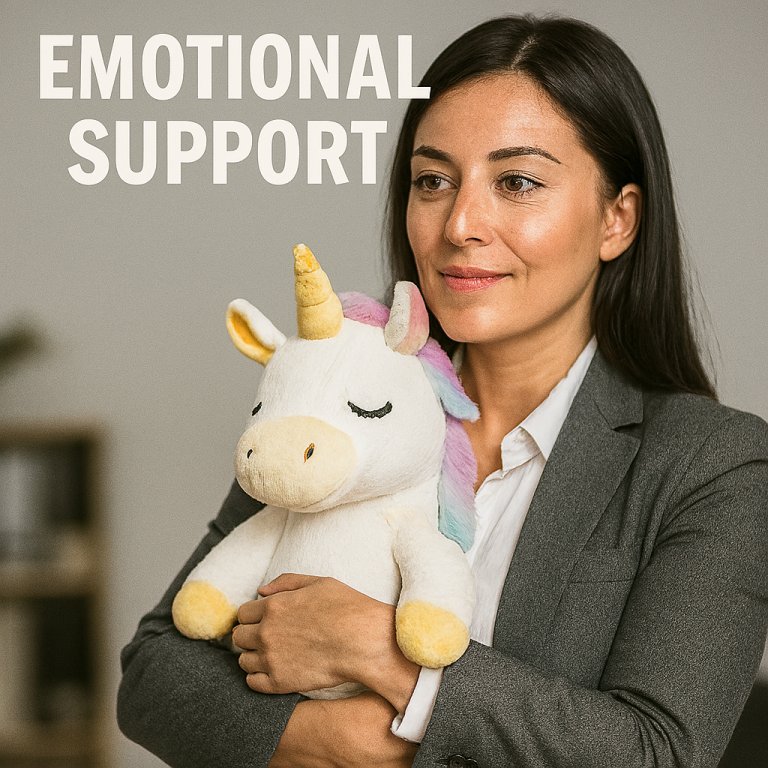
Sweet website , super design and style, rattling clean and utilize pleasant.
You have noted very interesting points! ps decent web site. “Never take the advice of someone who has not had your kind of trouble.” by Sydney J. Harris.